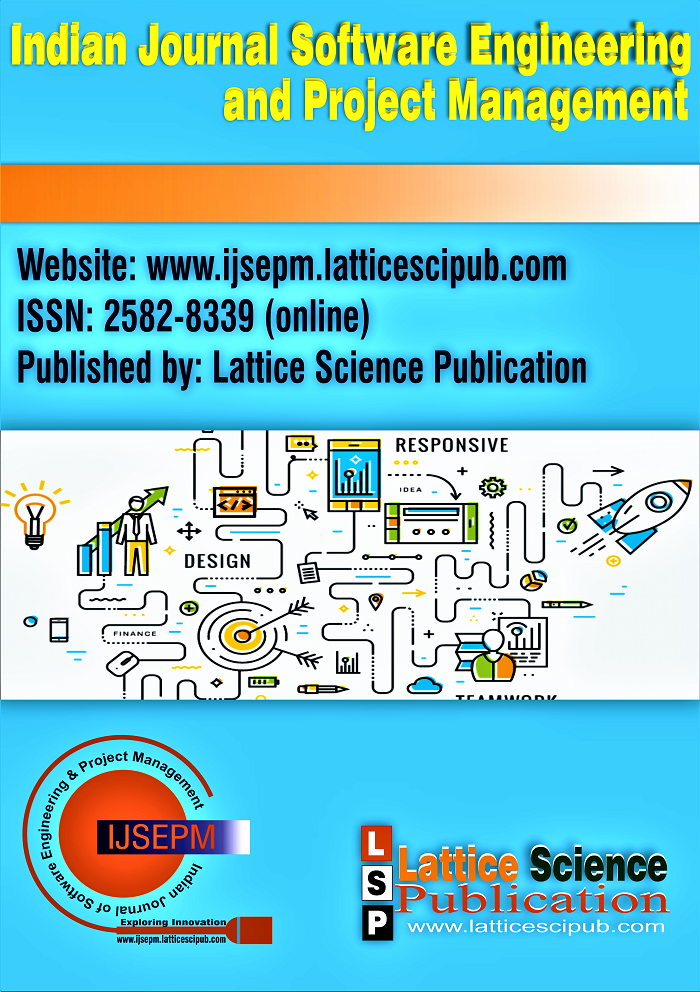A Study on an Effective Model for Predicting Flight Delay
Main Article Content
Abstract
Amongst the most significant business concerns that airline companies face is the considerable expenses related to airlines being delays caused due to natural events and operations and maintenance flaws, which is an additional expense for the airlines, having caused scheduling and operations problems for end-users, likely to result in a negative revenue and customer displeasure. We used supervised machine learning approaches in this study to develop a two-stage prediction models for forecasting flight on-time performance. This model’s initial stage uses binary classification to predict flight delays, while the second phase uses regression to estimate the delay’s duration in minutes. The proposed research compares the effectiveness of decision tree classifier to logistic regression. Based on the created model, the outcomes of this simulation disclose projected congestion in airports, considering hour, day, climate, and so on. As a result, there will be less time spent waiting.
Downloads
Article Details

This work is licensed under a Creative Commons Attribution-NonCommercial-NoDerivatives 4.0 International License.
How to Cite
References
Probabilistic Flight Delay Predictions Using Machine Learning and Applications to the Flight-to-Gate Assignment Problem Micha Zoutendijk and Mihaela Mitici
A Novel Approach: Airline Delay Prediction Using Machine Learning Swaminathan et al.
A Comparative Analysis of Models for Predicting Delays in Air Traffic Networks Karthik Gopalakrishnan and Hamsa Balakrishnan
Flight Delay Prediction System Yogita Borse et al.
Application of Machine Learning Algorithms to Predict Flight Arrival Delays Nathalie Kuhn and Navaneeth Jamadagni
Control and Optimization of Air Traffic Networks Karthik Gopalakrishnan and Hamsa Balakrishnan
Machine Learning Model for Aircraft Performances Marko Hrastovec, Franc Solina
Flight delay prediction based on deep learning and Levenberg Marquart algorithm Maryam Farshchian Yazdi et al.





